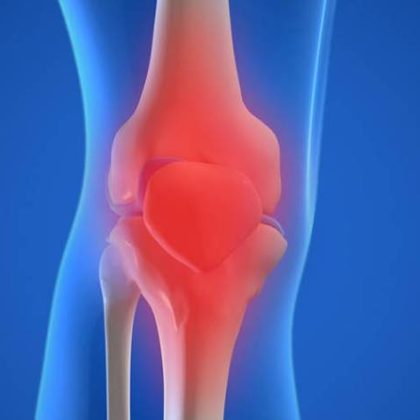To our common understanding, heart disease generally refers to a situation of heart attack or chest pain due to the sudden or chronic block of a vessel which can be treated with angiography and angioplasty or bypass surgery. Other commonly known heart diseases are valve diseases. Cardiac arrhythmias (Abnormal heart rhythm) can present as benign ectopics or as life-threatening arrhythmias and sudden cardiac death.
The variations in treatment methods
Clinical Cardiac Electrophysiology is the study of the electrophysiology of the heart and all aspects of management of cardiac arrhythmias. Electrophysiology study (EP study) was primarily used only for diagnosing cardiac rhythm problems but now it is also used for treating these problems. Radio Frequency (RF) Ablation has become the technique of choice to cure patients with recurrent paroxysmal SVT (Supra Ventricular tachycardia) due to AV re-entrant tachycardia using an accessory pathway (AVRT- Atrio Ventricular Reentrant Tachycardia), AV nodal re-entrant tachycardia (AVNRT-Atrioventricular Nodal Reentry Tachycardia), Right atrial Focal tachycardia. It is also used for AV nodal ablation followed by pacemaker insertion or AV nodal modification in patients with poorly controlled atrial fibrillation. Above mentioned procedures usually done by this simple RFA, are referred to as 2-D RF Ablation.
Patients with ischemic, idiopathic non-ischemic VT (Ventricular Tachycardia) arising from the left ventricle or right ventricular outflow tract & fascicles, atrial tachycardia, atrial flutter and atrial fibrillation are called complex arrhythmias and life-threatening also. These require a more sophisticated approach and are called 3-D electro-anatomical mapping (EAM) system (NavX or CARTO) for mapping and RF ablation. It is a major technological breakthrough in the field of electrophysiology and is being used to treat such complex arrhythmias. For all these patients, RF ablation offers curative therapy, thus eliminating recurrent symptoms, life-threatening attacks, tachycardiomyopathy and need for life-long drug therapy.
Interventional Therapies
The interventional therapies include Permanent Pacemaker Implantation (PPI) for Bradyarrhythmias and complete heart block. For patients with resuscitated sudden cardiac death or at high risk for sudden death due to VT/VF (ventricular fibrillation), the Implantable Cardioverter Defibrillator (ICD) is the only technique that has significantly improved survival from sudden cardiac death. Heart failures (HF) are due to unknown, genetic or acquired causes like ischemia. Many are not aware that HF is more deadly and 50% of patients die in a span of 5 years even with proper medical management.
A Cardiac Resynchronization Therapy (CRT) or Biventricular pacing implantation device is designed to treat heart failure. CRT device sends small, undetectable electrical impulses to both lower chambers of the heart to help them beat together in a more synchronized pattern. This improves the heart’s ability to pump blood and oxygen to the body and improve symptoms and live longer in selected patients. CRTs have either pacing (CRT-P) or Defibrillator (CRT-D) which is used according to the patient’s indication.
With this large array of treatments in cardiology is proven to help a wide spectrum of people with their ailments and cherish lives.






